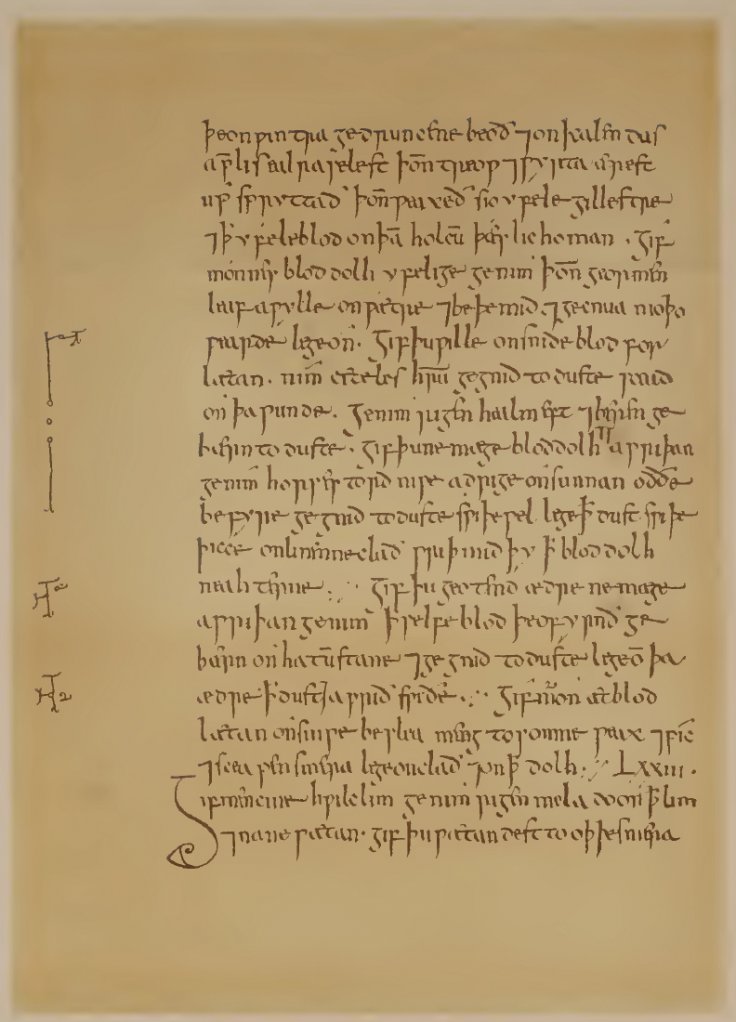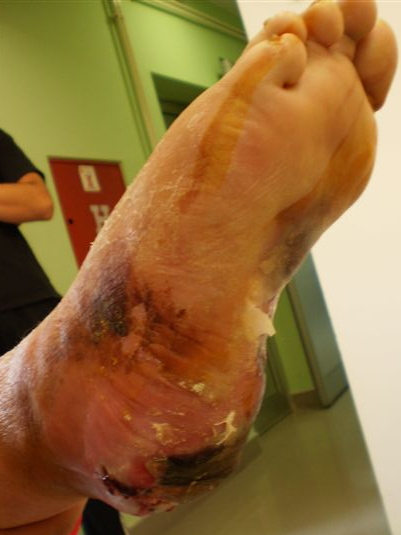As bacteria is growing ever more resistant to modern antibiotics, a team of researchers turned to ancient medical manuscripts and found hope that a 1,000-year-old remedy which they called "ancientbiotic" is far more useful, if applied with care.
The team from the University of Warwick, U.K., looked into the earliest known medical textbooks from medieval England, known as Bald's Leechbook. They found that a 1,000-year-old natural remedy made from onion, garlic, wine, and bile salts has antibacterial potential. The researchers also noted that this remedy has particular promise for treating diabetic foot and leg infections.

Bald's eyesalve
Earlier, the recipe for the treatment -- known as Bald's eyesalve -- has shown the potential to kill the bacterium that causes golden staph, Staphylococcus aureus. Led by Jessica Furner-Pardoe of the University of Warwick, the team found it effective when bacteria formed particularly sturdy structures known as biofilms. The eyesalve could kill them effectively.
The treatment appears to work against similarly resistant bacteria -- such as Stenotrophomonas maltophilia, Acinetobacter baumanii, S. epidermidis and S. pyogenes -- all of which can infect wounds, form biofilms, and grow resilient to antibiotics.
The new study, published in the journal Nature, has shed more light on how the medieval treatment works and how it might be applied in practice in modern times.
A microbiologist at the School of Life Sciences at the University of Warwick, Freya Harrison, who is also an author of the study said, "This is the real detailed hard slog of finding out more information and seeing if it really could be developed into something clinically useful."
She explained that the treatment has the potential to treat diabetic foot infections which are the ultimate super-resistant biofilm infections. As per Harrison, "There's a risk of a person developing sepsis ... and people end up having their foot or lower leg amputated."

But There Is a Catch
Researchers found that the elements of eyesalve work best as an antimicrobial agent only in the final form of the remedy. If separated or purified, they were not nearly as effective at killing the bacterial strains.
The authors of the study wrote: "Thus when considering natural products as a potential source of anti-biofilm agents, we must consider the possibility that any efficacy they may possess could rely on creating a cocktail of different products." They also explained that the understanding of the relations between combinations of natural products and antimicrobial activity "may generate a novel way to create new antibiotics from botanicals."
However, whether or not the eyesalve actually works in a clinical setting requires more research, said the researchers. But the current finding shows that the remedy did not show any damage or side effects in human cells or mice in the controlled environment which indicated that it could be safe to conduct further studies.









